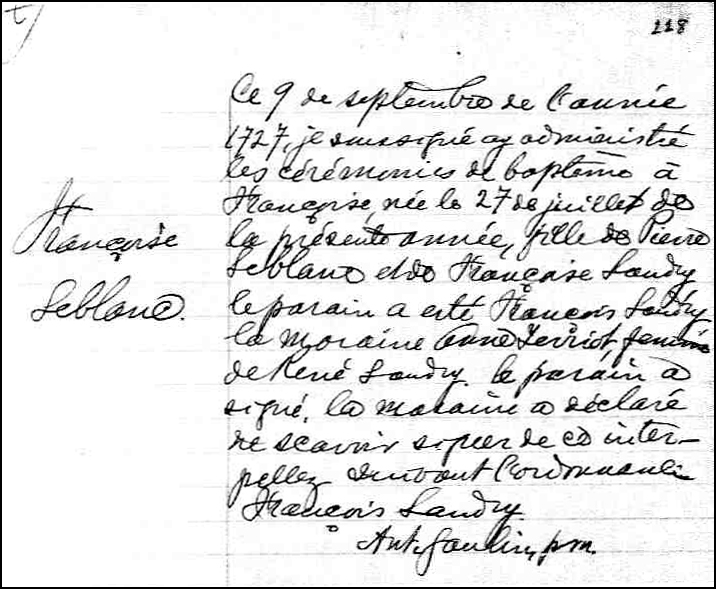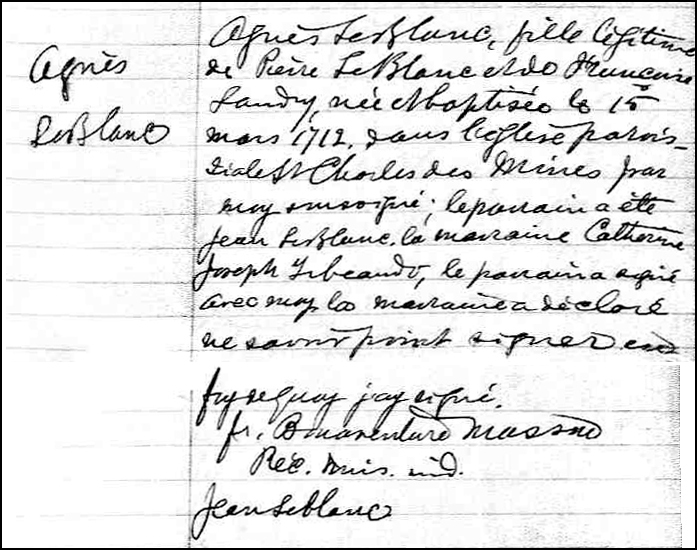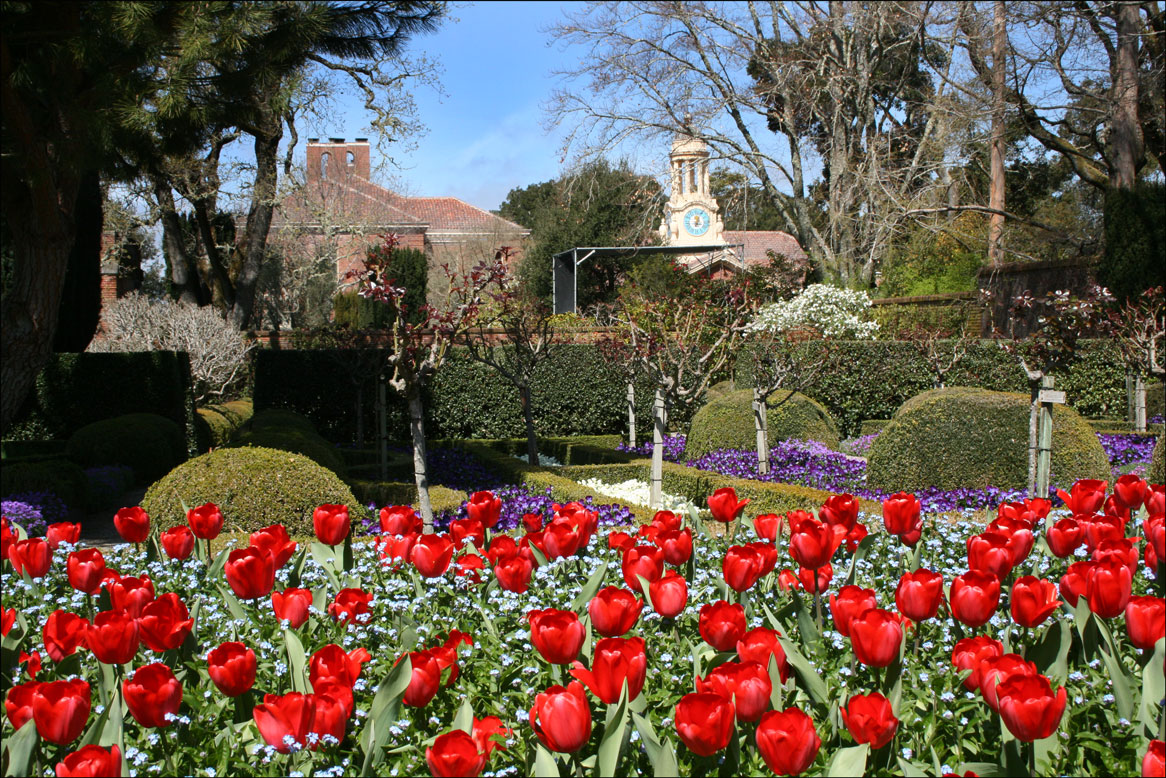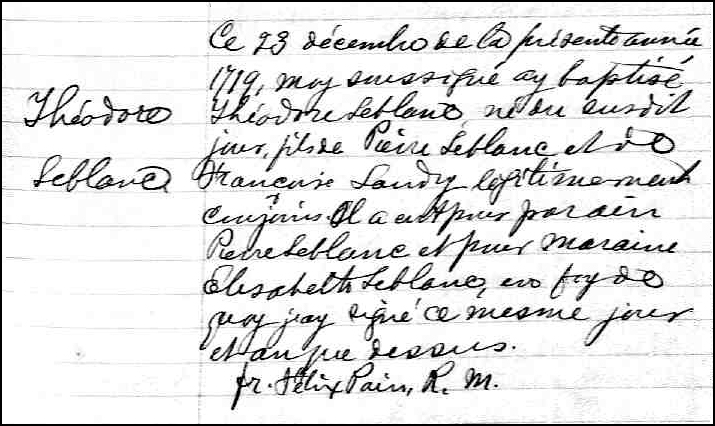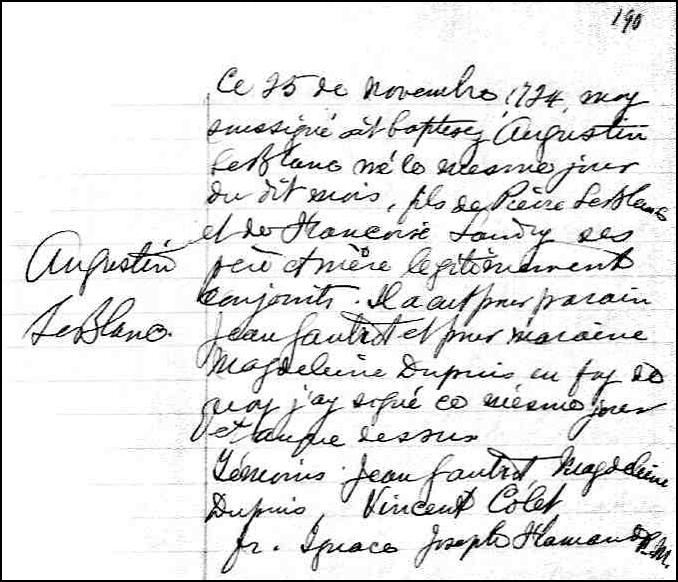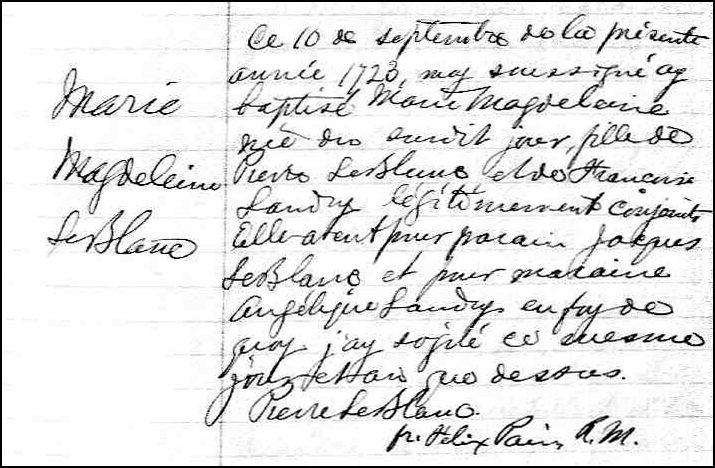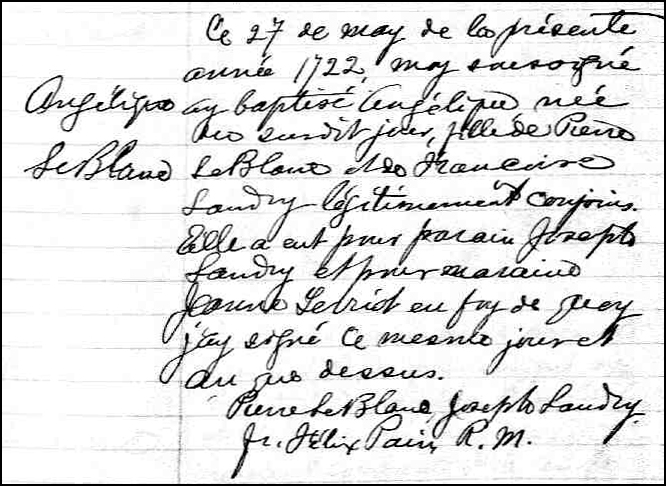During my trip to Poland in the year 2000, I had the opportunity to sample food in a number of Polish restaurants.
One aspect of Polish restaurants that was particularly noticeable was the emphasis on atmosphere, and the atmosphere contributed as much to the enjoyment of a meal as did the food, itself.
Our trip to Poland began in Kraków. We stayed at the Hotel Polski pod Białym Orłem (Polish Hotel under the White Eagle), located in the old town, a short distance from the airport and just inside the Florian gate. Like most hotels in Poland, the price of the room included a breakfast of bread, butter, jam, cold cuts, cheese, fruit, juice, coffee, and tea.
For dinner, we chose Restauracja pod Aniołami (Restaurant under the Angels), and decided to eat in the Cellars, a portion of the restaurant in, as you’d guess, the cellar. The cuisine was undeniably Polish with a particular specialty in wild game. It was here that my traveling companions and I began our search for the best pierogi “ruskie” (dumplings with potatoes and cheese) and the best żurek (fermented rye soup).
The next major stop on our trip was Łancut. We had reservations in Hotelik Zamkowy (the hotel at the Łancut Castle) but, because there had been a small fire there that day, the hotel arranged for us to stay nearby at the Hotelik Szwadron (the Squadron Pension). This pension was comfortable, but was most memorable for its somewhat eccentric proprietor. We walked to the nearby Restauracja Pałacyk where we enjoyed an evening meal and continued our search for the best pierogi “ruskie” and żurek.
We moved on to Kazimierz Dolny where we stayed (with some trepidation because of the name of the place) at the Pensjonat Wietrzna Góra (the Pension under the Windy Hill). For dinner, we walked to Restauracja Staropolska at Mały Rynek 2 (this location now houses a Lebanese restaurant called Kaslik) where we had a wonderful meal accompanied, once again, with pierogi “ruskie” and żurek. We did, however, make one mistake during the meal . At dessert, we were presented with cake and a spoon. When we asked for forks, the waitress couldn’t understand why we would want to eat our cake with forks. Silly Americans.
Our final destination in Poland was Warszawa (Warsaw) where we stayed at the Hotel Europejski (now closed). We ate at a delightful restaurant in the stare miasto (old town) called u Fukiera where we ate on the patio. This restaurant was clearly the most expensive restaurant we encountered in Poland and its menu included such dishes as baked carp, roe-deer, duck, and pork chops. The atmosphere and food were excellent. We pressed on with our search for the best żurek. I don’t recall that this restaurant served pierogi.
So ended our tour of Poland. And the winner of the best pierogi and żurek? Each restaurant added their own special flair to pierogi and żurek, and we thoroughly enjoyed each variation. In the end, we couldn’t decide on a winner.
Written for the Carnival of Eastern European Genealogy.
Copyright © 2008-2019 by Stephen J. Danko

